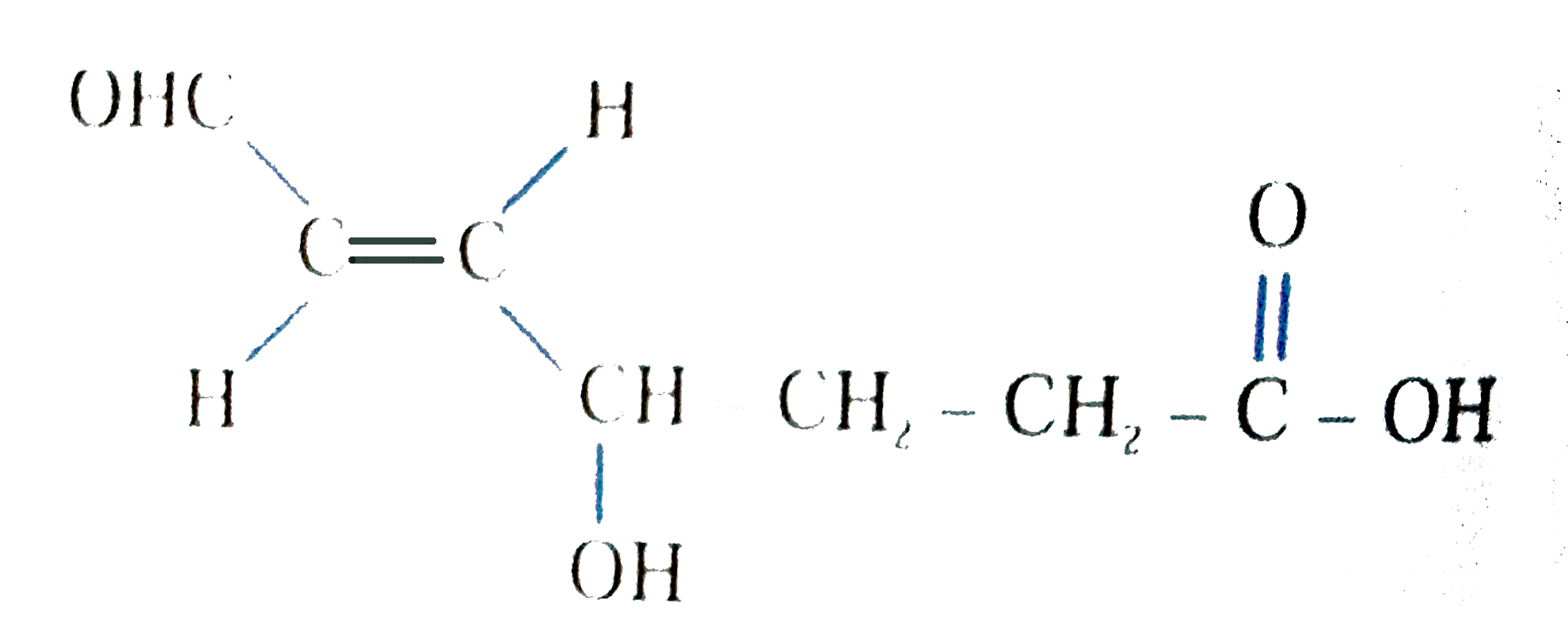An endothermic reaction, A→B have an activation energy 15kcal/mol and the heat of the reaction is 5kcal/mol. The activation energy of the reaction, B→A is:
20
15
10
5
The correct Answer is:C
Activation energy for backw ard reaction = ΔH + activation energy for forw ard reaction
Topper's Solved these Questions
- BOOK - NARAYNACHAPTER - CHEMICAL KINETICS EXERCISE - EXERCISE -2 (H.W) (RATE OF REACTION & FACTORS)19videos
CHEMICAL KINETICS
- BOOK - NARAYNACHAPTER - CHEMICAL KINETICS EXERCISE - EXERCISE -2 (H.W) (ORDER OF REACTION)16videos
CHEMICAL KINETICS
- BOOK - NARAYNACHAPTER - CHEMICAL KINETICS EXERCISE - EXERCISE -2 (C.W) HALF LIFE4videos
CHEMICAL KINETICS
- BOOK - NARAYNACHAPTER - CARBOXYLIC ACIDEXERCISE - All Questions288videos
CARBOXYLIC ACID
- BOOK - NARAYNACHAPTER - CHEMISTRY IN EVERYDAY LIFEEXERCISE - ASSERTION & REASON TYPE QUESTIONS10videos
CHEMISTRY IN EVERYDAY LIFE
Similar Questions
For a reaction, Ea=0andk=3.2×104s−1 at 300K. The value of k at 310K would be
01:37View SolutionRate expression for Xa+Yb→ products is Rate =K[A]m[B]n. Units of K w.r.t A and B respectively are s−1 and M−1s−1, when concentrations of A and B are increased by 4 times, then
09:10View SolutionThe half life period of a first order reaction is 10 minutes . The time required for the concentration of the reactant to change from 0.08 M to 0.02is :
02:24View SolutionProvide IUPAC name of the compound given below.
 02:51View Solution
02:51View Solution(A) Analgesics bring down body temperature during high fever.
(R ) Tetracyclin is a tranquillizer.02:24View SolutionAn endothermic reaction, Ararr B have an activation energy 15 kcal//mol and the heat of the reaction is 5 kcal//mol . The activation energy of the reaction, Brarr A is:
03:36View SolutionConsider the reaction
A→2B+C,ΔH=−15kcal. The energy of activation of backward reaction is 20kcalmol−1. In presence of catalyst, the energy of activation of forward reaction is 3kcalmol−1.At 400 K the catalystcauses the rate of the forward reaction to increase by the number of times equal to -04:58View SolutionIn the equilibrium reaction, A +B leftrightarrow C + D The activation energy for the forward reaction is 25 kcal mol^(-1) and that of the backward reaction is 15 kcal mol^(-1) . Which one of the following statements is correct?
03:10View SolutionThe activation energy of a non-catalysed reaction at 37^(@)C is 200 kcal/mol and the activation energy of the same reaction when catalysed decreases to only 6.0 kcal/mol. Calculate the ratio of rate constants of the two reactions.
01:49View SolutionFor a reversible reaction, A+B?C+D,ΔH=–A kcal. If energy of activation for the forward reaction is B kcal, the energy of activation for backward reaction in kcal is :
03:10View SolutionAn exothermic reaction, A rarr B , has an activation energy of "15 kcal mol"^(-1) and the energy of reaction is "5 kcal mol"^(-1) . The activation energy in "kcal mol"^(-1) for the reaction, BrarrA is
04:05View SolutionThe activation energy of a non–catalysed reaction at 37^@C is 200 kcal/mol and the activation energy of the same reaction when catalysed decreases to only 60.0 kcal/mol. Calculate the ratio of rate constants of the two reactions.
04:34View Solutionकिसी ऊष्माशोषी अभिक्रिया, A→Bकी सक्रियण ऊर्जा 15 किलोकैलोरी/मोल तथा अभिक्रिया की ऊर्जा 5 किलोकैलोरी/ मोल है। अभिक्रिया B→A की सक्रियण ऊर्जा का मान क्या होगा?
04:34View SolutionAn endothermic reaction A→B has an activatio energy 15 kaca/mole and the heat of reaction is 5kcal/mole. The activation energy of the reaction B→A is
02:18View Solutionकिसी ऊष्माशोषी अभिक्रिया, A→Bकी सक्रियण ऊर्जा 15 किलोकैलोरी/मोल तथा अभिक्रिया की ऊर्जा 5 किलोकैलोरी/ मोल है। अभिक्रिया B→A की सक्रियण ऊर्जा का मान क्या होगा?
03:37View SolutionAn endothermic reaction A to The activation energy of B is 15 kcal / mol is 5 kCal mol. to The activation energy of A is -
03:56View Solution

